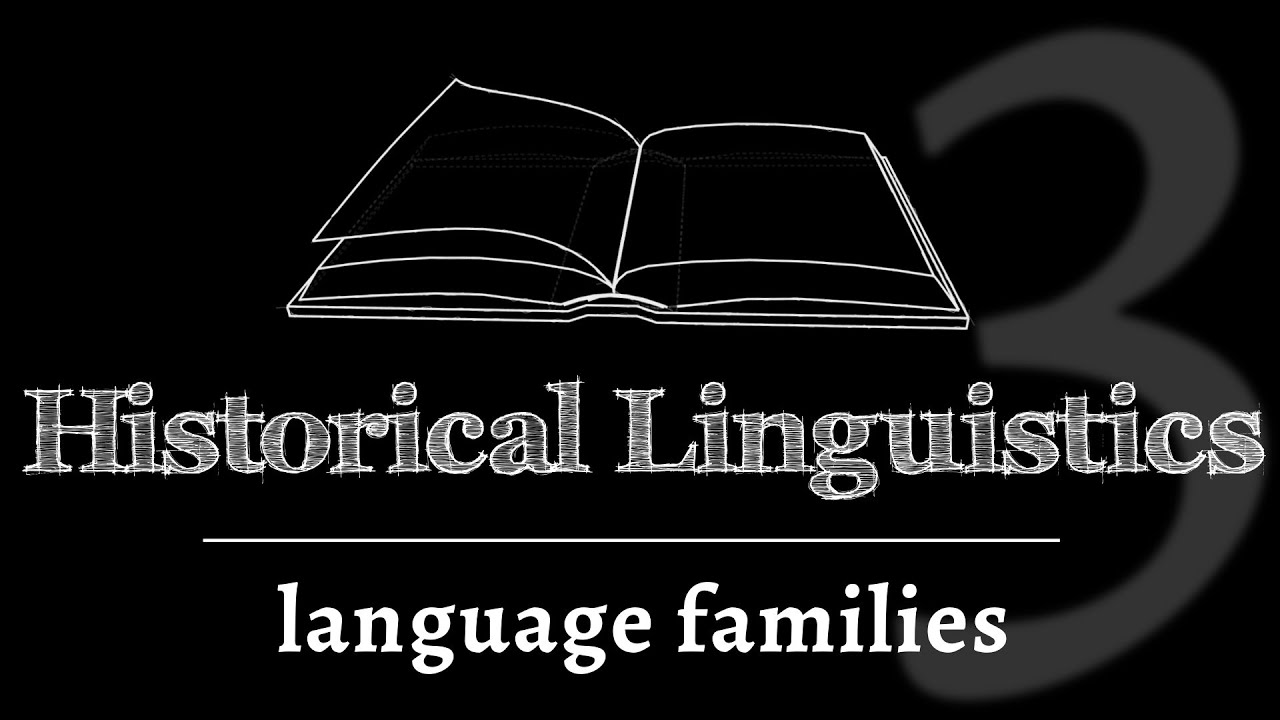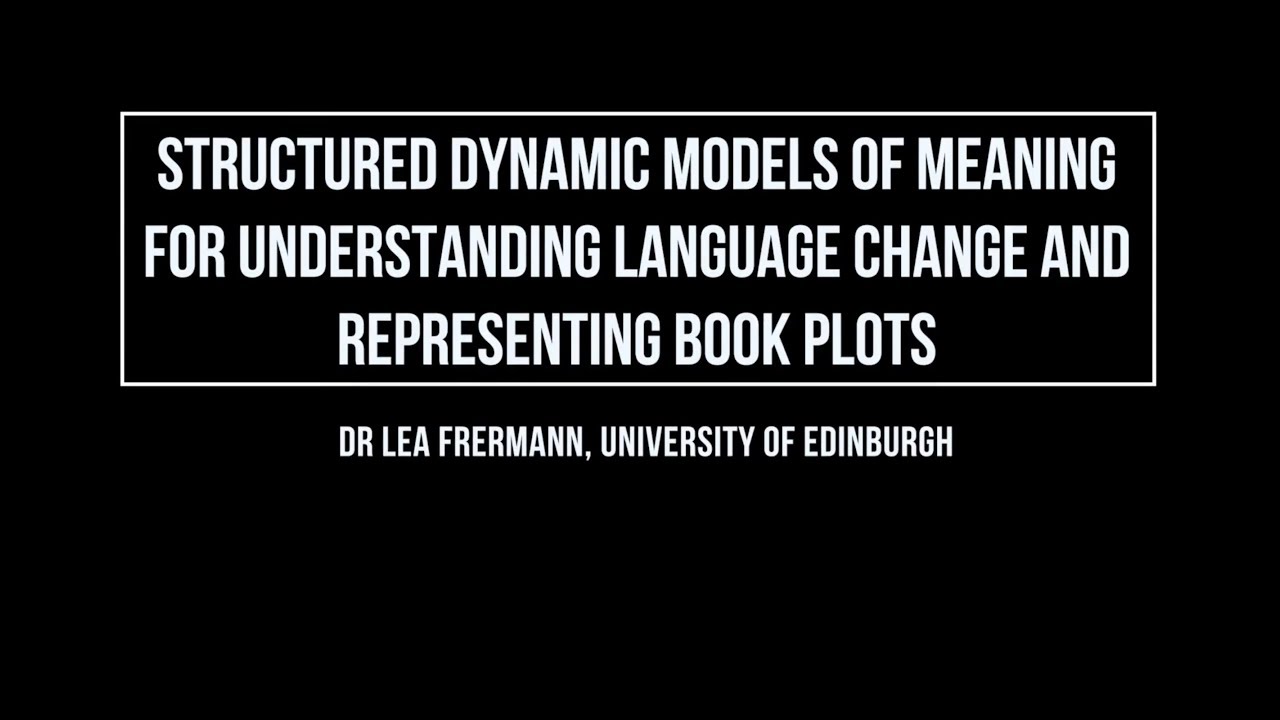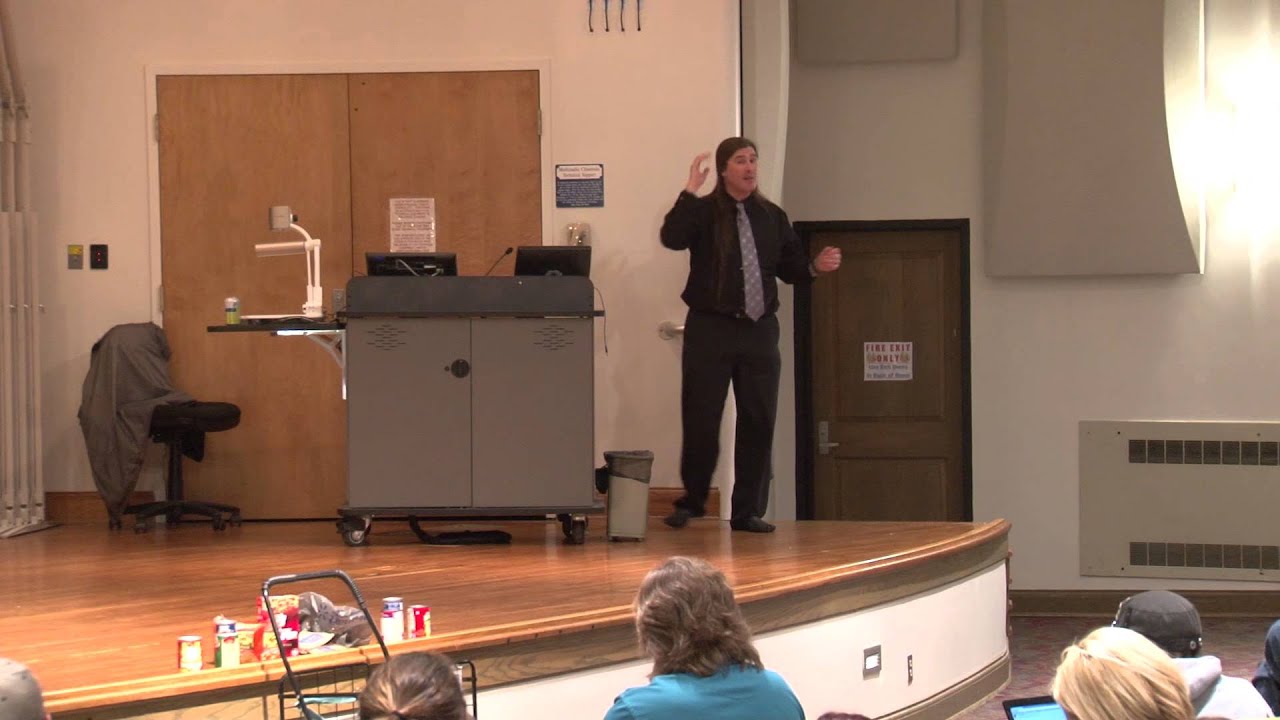NativLang
Learn the basics of language history and how languages change over time. This lesson introduces the essentials of the comparative method.
We’ll use cognates to group related languages into family trees. Related languages trace their linguistic lineage to a common ancestor called the “parent language”. Parent languages are either attested (documented) or reconstructed.
Visit the site for more information:
http://www.nativlang.com/linguistics/historical-linguistics-lessons.php
music by Kevin MacLeod .




Let's say that we have a language called X
It's grammar is totally romance
but the vocabulary is totally turkic
In which family would language X be placed: romance or turkic ???
It is like Maltese the predominantly vocabulary is latin but it is a Semitic language due the grammar and syntax you can build a phrase in Maltese with fully latin words but the construction will be Arabic style
There are a lot of branches if a language has latin grammar (the construction and so on,) and has a Turkic origin lexis then if I am right it would be classified as a separate and unique language
Not enough information. As in the previous video, the comparative method looks for core cognate relationships. Here, if we determine that this language has Turkic words because it comes from Turkic, then it's also Turkic. But if it borrowed those lexical items (like English did from French), then it's not Turkic.
This video series just looks at basic core vocabulary and phonological changes to determine relatedness. But there are limitations! As you point out, grammar also matters.
If this hypothetical language is a creole, it might indeed be classified as a separate and unique line. (Even then, terms like "lexifier language" exist for creole lineages.)
Yes that's what I said if it has a latin grammar and Turkic words of origin Formed internal as our "Dacic" words like copil(child) or bucurie (aslo ferice from lat.felix) then it is a unique language like korean but if the language got influenced by latin and vocab remained intact then it is another story
It very much depends on your method and your data. The method in these four videos just compares basic word lists. Applied more broadly, this method may merge with a kind of lexicostatistics.
A Swadesh list betrays the Sicilian Arabic origins of Maltese. Even with fancier terms, a type of codeswitching is well known in Malta. Speakers can choose between for example 'l-ilsien malti' or 'il-lingwa maltija' to say "the Maltese language".
This subtopic interests me, since I've been reading through _Introducing Maltese Linguistics_ (Comrie et al.) in my spare time!
I think that phonology, lexis and morphosyntax unite to classify Maltese as Semitic. It doesn't look like a divergent case.
I'm a bit confused.
But, if I understand the gist of what you're saying, origins matter for determining language family relationships. That's definitely the key component of this method.
Oooh aslo we have one dialect spoken by 500-1000 called istro-Romanian it is spoken in istra former Italy the truth is that it got assimilated by Croatian and now it is hardly classified as an Romance language it is the same story as Maltese an istro-Romanian would say româru iezik or limba româră but why it got assimilated?it is about history and I'm gonna tell you things/facts about Romanians that you will barely believe,so…
Aslo Romanian ,if you knew shares unique features with every Italian dialect especially at the south from La Spezia-Rimini line but still an unique Romance language as you said
With phonology especially Tuscan and Neapolitan for grammar especially Sicilian and for lexis especially central Italian dialects (Like Sabine dialect) and Sicilian if you want I can give you examples 🙂
Aslo i have put "dacic" cuz our words that are NOT found Antwhere but in our vocabulary and aslo cognate with Albanian(about 160 words) then these are supposed to be from Dacic substrata but since no Dacic writing has been found an exception for plants and names like…umm Burebista maybe then we Cannot prove it and these words are generally classified as unknown etymology
see the video – Basque Hebrew Cognates.
What?which video?
Why they chose to reconstruct Proto-Romance *octo instead of *opto? Is there a hidden logic here?
Speechless?! Your silence it is a good answer for me! Take a look at A Latin Origin for the Romanian Word DA (YES)
Anyway, the supposed reconstructed of *octo don't reflect the formation of the word.
good video! but the drumming is horrible!
Interesting. These nodes could really confuse you like from which time period a language came because another split could make you think it split later on while they theoretically could be all the same age or maybe one language split of from another where the split one changed and the original one not so much.
Very helpful. thanks.
…po, is the Chinese word for tailless 'broom' comet something you'd see at night but also every star is like a po…
Excellent demonstration and video
These nodes, can they be made more clear when looking at the history of the regios in where those language were spoken in the past and when the natives migrated to different places? I think that way the nodes could roughly be given a time period.
Can you perhaps remove the music? It's very distracting and doesn't really help